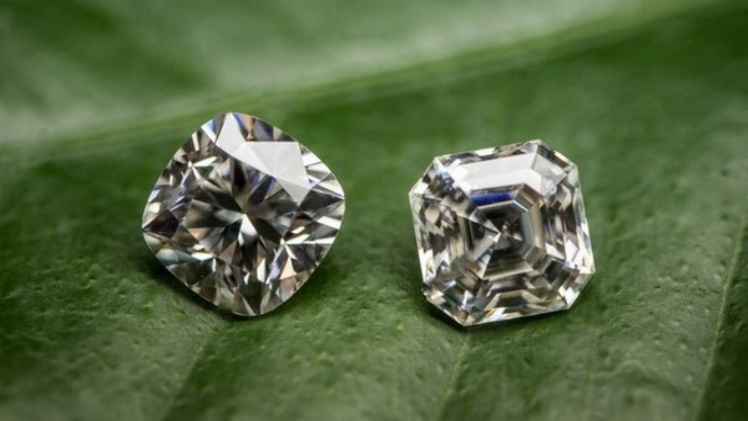Lab grown engagement rings are becoming increasingly popular due to the numerous benefits over traditionally mined diamonds. With more consumers interested in ethical and sustainable options, the future landscape for lab grown diamond manufacturing is looking bright.
The demand for lab grown diamonds is increasing rapidly due to the desire for conflict-free, ethically sourced diamonds. This trend is expected to continue in the coming years as more and more consumers choose to prioritize ethical and sustainable options when making purchasing decisions.
Currently, the majority of lab grown diamonds are created using a process called chemical vapor deposition (CVD). This process involves using a heated mixture of gases to deposit carbon atoms onto a substrate to form a diamond. While the CVD method has been successful in producing lab grown diamonds, there are still improvements that can be made in terms of efficiency and cost.
One area of growth in the lab grown diamond manufacturing industry is the use of advanced nanotechnology. Some companies are exploring the use of nanotechnology to improve the efficiency and quality of lab grown diamonds. By using nanomaterials within the diamond growing substrate, scientists are able to create the ideal environment for diamond growth, resulting in larger, higher-quality diamonds produced at a lower cost.
Another area of growth is the use of renewable energy sources in the diamond growing process. Many labs that create lab grown diamonds already use renewable energy, but the industry as a whole is moving towards more eco-friendly practices. As consumers become more environmentally conscious, the use of renewable energy in the process is likely to become even more prevalent.
Advancements in artificial intelligence and machine learning are also playing a role in the future of lab grown diamond manufacturing. By using machine learning algorithms to optimize diamond growing conditions, manufacturers are able to produce higher-quality diamonds with minimal human intervention. This advanced technology can also help to reduce the cost of production, making lab grown diamonds more accessible to a wider range of consumers.
In conclusion, the future landscape for lab grown diamond manufacturing looks promising. As the demand for ethical, conflict-free diamonds continues to rise, more companies are investing in the technology necessary to produce the best quality diamonds at a lower cost. With advancements in nanotechnology, renewable energy use, and artificial intelligence, it is likely that the efficiency and quality of lab grown diamonds will continue to improve in the coming years. This can only be good news for consumers looking to purchase high-quality, sustainably-sourced lab grown engagement rings that are as beautiful and valuable as natural diamonds.

